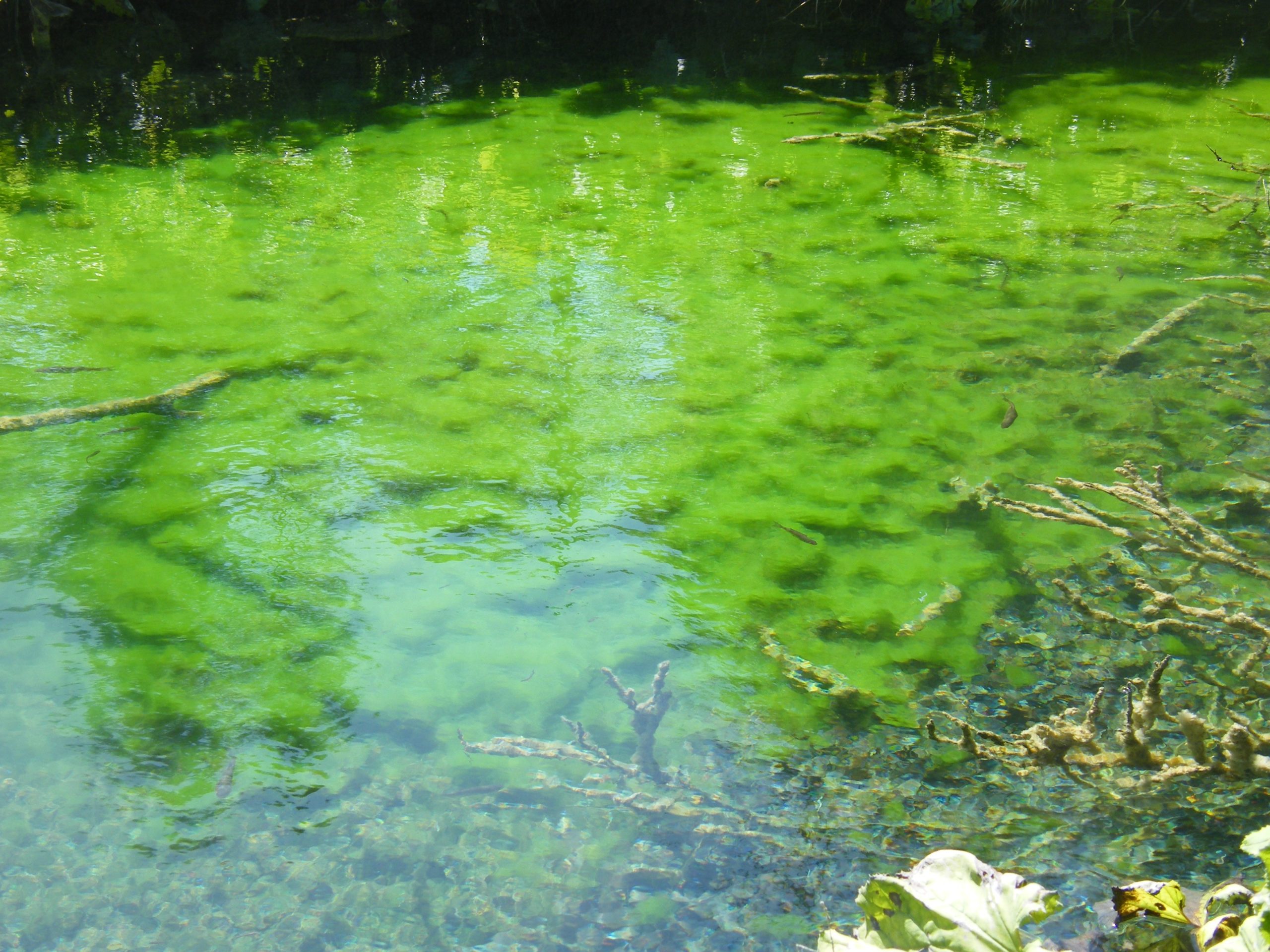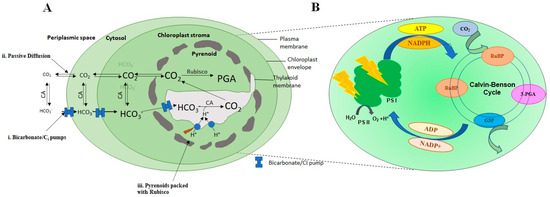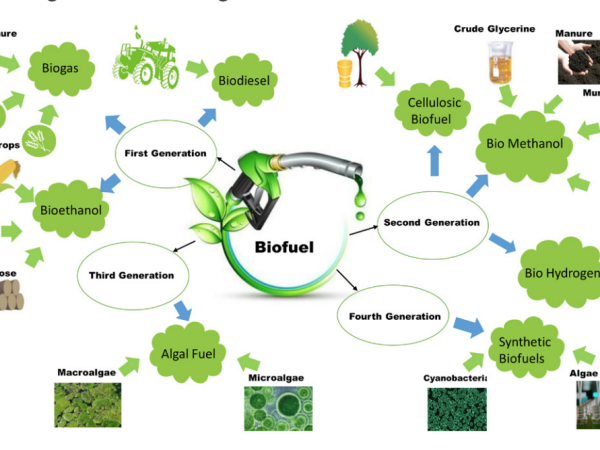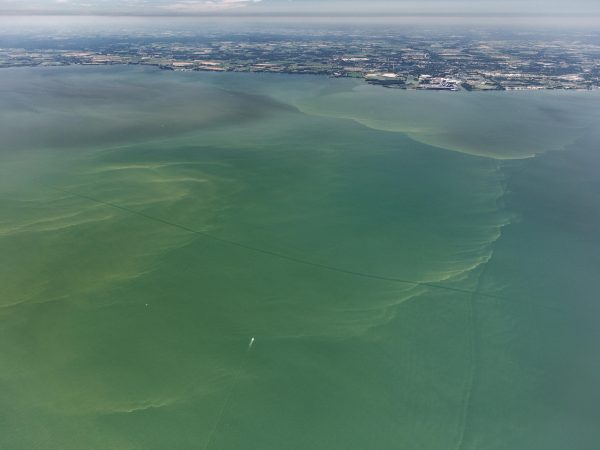Table of Contents
![]()
Introduction
Algae are a diverse group of photosynthetic organisms that play a crucial role in aquatic ecosystems. From microscopic phytoplankton to large seaweeds, these aquatic plants contribute significantly to the health and stability of aquatic environments. In this article, we will explore the multifaceted roles of algae in these ecosystems and understand why they are so vital.
Types of Algae
Microscopic Algae
- Phytoplankton: These tiny, single-celled algae form the foundation of aquatic food webs. They perform photosynthesis, converting sunlight and carbon dioxide into organic matter, providing sustenance for numerous aquatic organisms.
- Diatoms: Diatoms are a type of microalgae with intricate glass-like shells. They are responsible for a significant portion of primary production in oceans and freshwater systems.
Macroscopic Algae
- Seaweeds: Larger, multicellular algae, often seen along coastlines, serve as habitats and food sources for various marine life.
- Filamentous Algae: These thread-like algae can grow in dense mats, influencing the physical structure of aquatic ecosystems.
Primary Production
Algae are primary producers, meaning they are the base of the food chain in aquatic ecosystems.
- Photosynthesis in Algae: Algae utilize photosynthesis to convert sunlight into energy and create oxygen in the process.
- Oxygen Production: Algae contribute significantly to the oxygen content of water, essential for the survival of aquatic organisms.
- Carbon Fixation: Algae help sequester carbon dioxide, playing a role in mitigating climate change.
Nutrient Cycling
- Nitrogen and Phosphorus Cycling: Algae help recycle essential nutrients like nitrogen and phosphorus, crucial for the growth of all aquatic life.
- Algae as Bioindicators: Changes in algae populations can indicate the health of an aquatic ecosystem and potential pollution or eutrophication issues.
- Eutrophication: Excessive algal growth due to nutrient pollution can lead to eutrophication, harming aquatic life and water quality.
Food Web Dynamics
- Algae as Primary Producers: Algae are the primary source of energy for aquatic food webs, providing sustenance for herbivores and higher trophic levels.
- Grazers and Herbivores: Zooplankton, fish, and other herbivores feed on algae, transferring energy up the food chain.
- Trophic Levels and Energy Transfer: Algae’s role in energy transfer affects the abundance and diversity of aquatic species.
Oxygenation and Carbon Sequestration
- Oxygen Production: Algae contribute to oxygenation, ensuring the survival of aquatic organisms.
- Carbon Dioxide Uptake: Algae absorb carbon dioxide, reducing its concentration in the water and atmosphere.
- Role in Climate Regulation: Algae’s carbon sequestration helps regulate climate by reducing greenhouse gas levels.
Habitat and Shelter
- Algal Mats and Substrate: Algae provide shelter and substrate for various aquatic organisms, including small fish and invertebrates.
- Fish and Invertebrate Habitats: The physical structure created by algae serves as essential breeding and refuge areas.
Human Impacts and Challenges
- Algal Blooms and Water Quality: Harmful algal blooms can negatively impact water quality, leading to toxins and oxygen depletion.
- Overharvesting of Algae: Excessive harvesting of seaweed for various purposes can disrupt ecosystems.
- Climate Change Effects: Algae are vulnerable to climate change, affecting their distribution and abundance.
Algae for Bioremediation
- Algae’s Potential for Pollution Control: Algae can be used to remediate polluted waters by absorbing contaminants.
- Phytoremediation Applications: Algae-based phytoremediation offers sustainable solutions to clean up polluted aquatic environments.
Conclusion
Algae are unsung heroes of aquatic ecosystems. Their roles in primary production, nutrient cycling, food webs, oxygenation, and carbon sequestration make them essential for the health and balance of aquatic environments. Understanding and conserving these remarkable organisms is critical for the long-term sustainability of our aquatic ecosystems.



